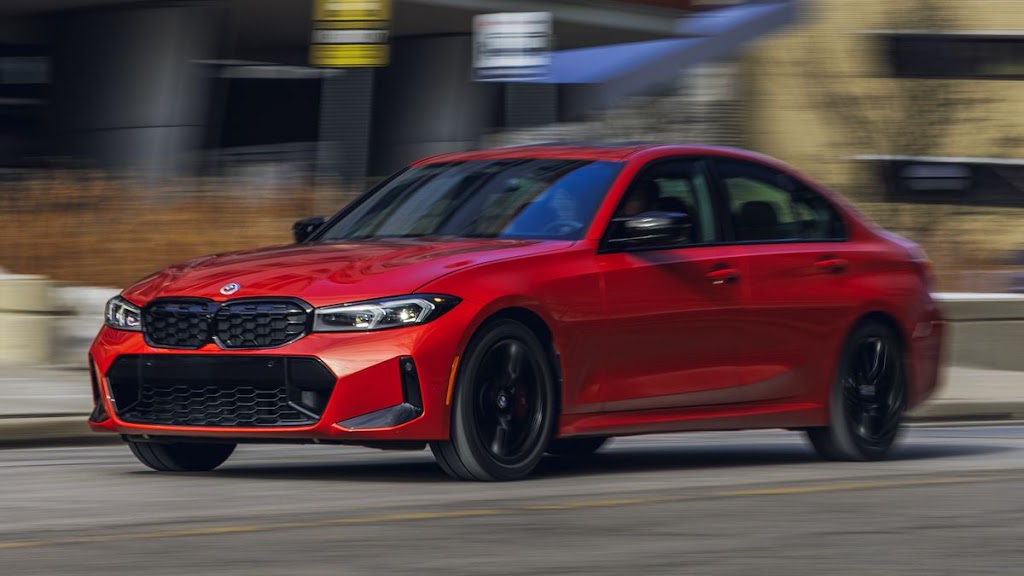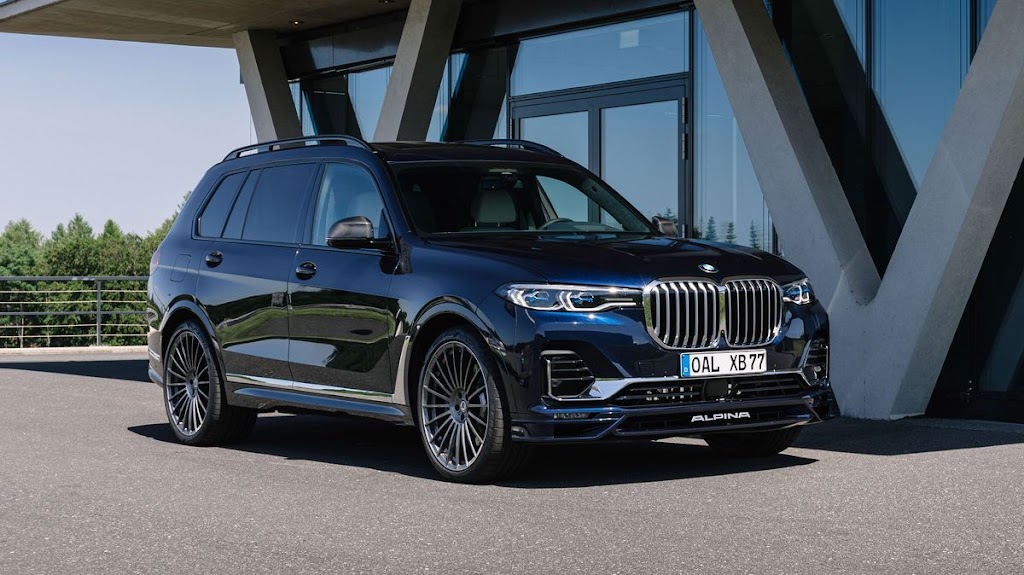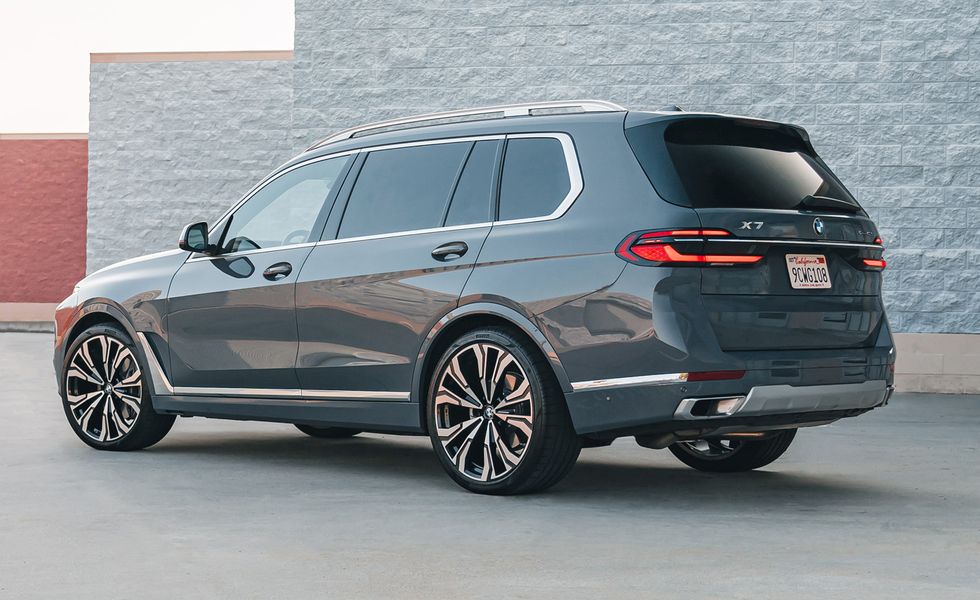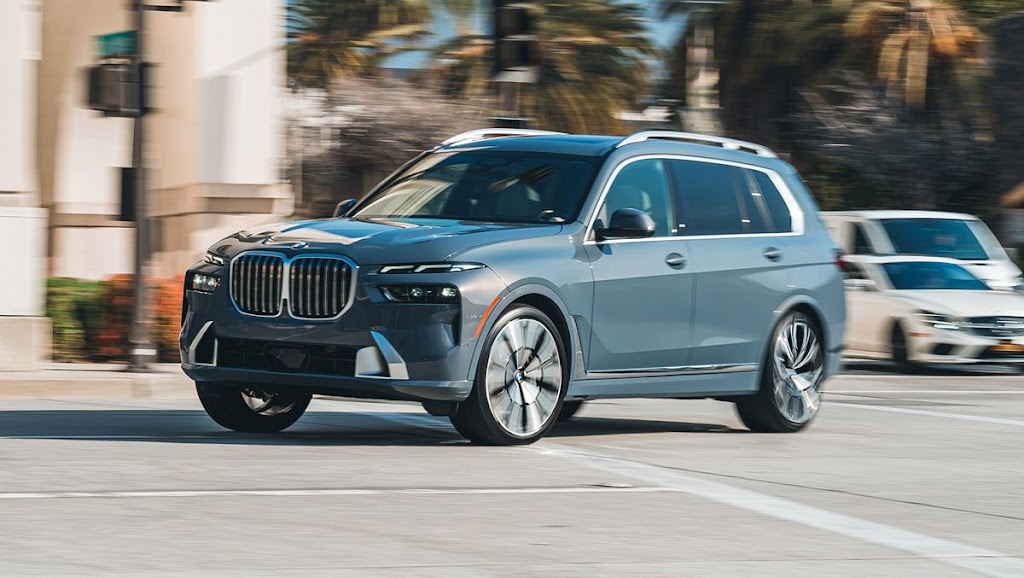The third generation of the Honda Civic made its debut in
September 1983, marking the start of the 1984 model year. This iteration of the
Civic brought about several notable changes. Firstly, it combined the
previously separate five-door hatchback and wagon models into a single
five-door vehicle affectionately referred to as the “Breadbox” due to
its distinct appearance, officially known as the Honda Civic Shuttle.
Alongside this practical addition, Honda introduced a
stylish two-seat coupe labeled as the CRX. This coupe gained attention for its
compact dimensions and lightweight design, making it a sought-after choice for
those seeking a sporty yet efficient ride.
Under the hood, the third-generation Civic introduced the
long-standing four-cylinder D-series engine lineup. This included a brand-new
1.5-liter CVCC engine that generated a respectable 76 horsepower, delivering a
good balance of power and efficiency.
In 1984, Honda unleashed the high-performance Si model in
the Japanese market, featuring upgraded suspension and the robust 1.6-liter
double overhead camshaft (DOHC) ZC engine, which boasted an impressive 130 PS
(128 HP). In the United States market, Si models were available as the 3-door
Civic Si hatchback and the CRX Si variant, equipped with a 91-horsepower single
overhead camshaft (SOHC) 12-valve engine with programmed fuel injection.
An exciting innovation in 1984 was the introduction of a 4WD
configuration with distinct transmission mounts, enhancing traction and
stability. This system achieved a commendable fuel economy of approximately 28
mpg on the highways. Initially operated through a push-button control, the 4WD
system received a significant upgrade in 1987. This improved system, known as
“Real Time,” automatically engaged the rear wheels when the front
wheels lost traction, utilizing a “sticky coupler” to connect the two
propeller shafts between the front and rear axles. Furthermore, the manual
transmission featured a synchronized sixth gear, referred to as “SL”
or “Super-low,” designed for delivering high torque at very low
speeds. The concept of “Real Time” continues to be utilized today,
incorporating technological advancements since its inception.
Starting in 1985, Japanese Civics were exclusively available
through the Honda Primo dealership network, with variants sold under the Honda
Verno and Honda Clio brands. Additionally, a four-door version called the Blade
was produced under contract with Mercedes-Benz South Africa, offering models
equipped with 1300, 1500, 1500i, and 1600i DOHC 1.6 injection engines.
|
Honda Civic 3rd Generation |
|
|
Overview |
|
|
Manufacturer |
|
|
Production |
September 1983–September 1987 |
|
1984–1987 |
|
|
Assembly |
· · · |
|
Yoshio Ui, Tsuyoshi |
|
|
Body and chassis |
|
|
3-door hatchback/kammback (AG-AH/AT) |
|
|
Related |
Rover 200 |
|
Powertrain |
|
|
· · · · · |
|
|
4/5-speed manual |
|
|
Dimensions |
|
|
93.7 in |
|
|
Length |
150 in |
|
Width |
64 in |
|
Height |
53 in |
|
Chronology |
|
|
Predecessor |
Honda Civic (second generation) |
|
Successor |
|

_GL_hatchback_(2010-10-02).jpg)



